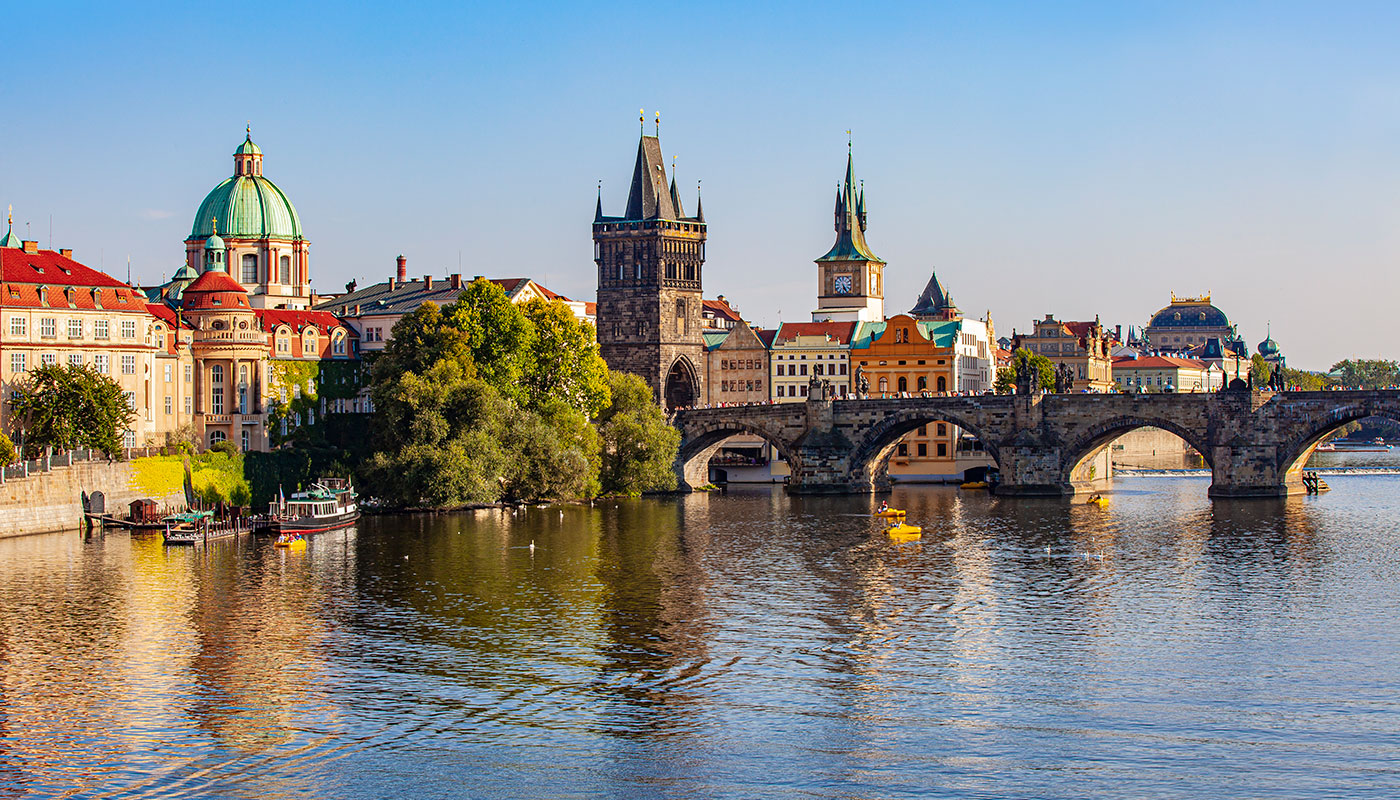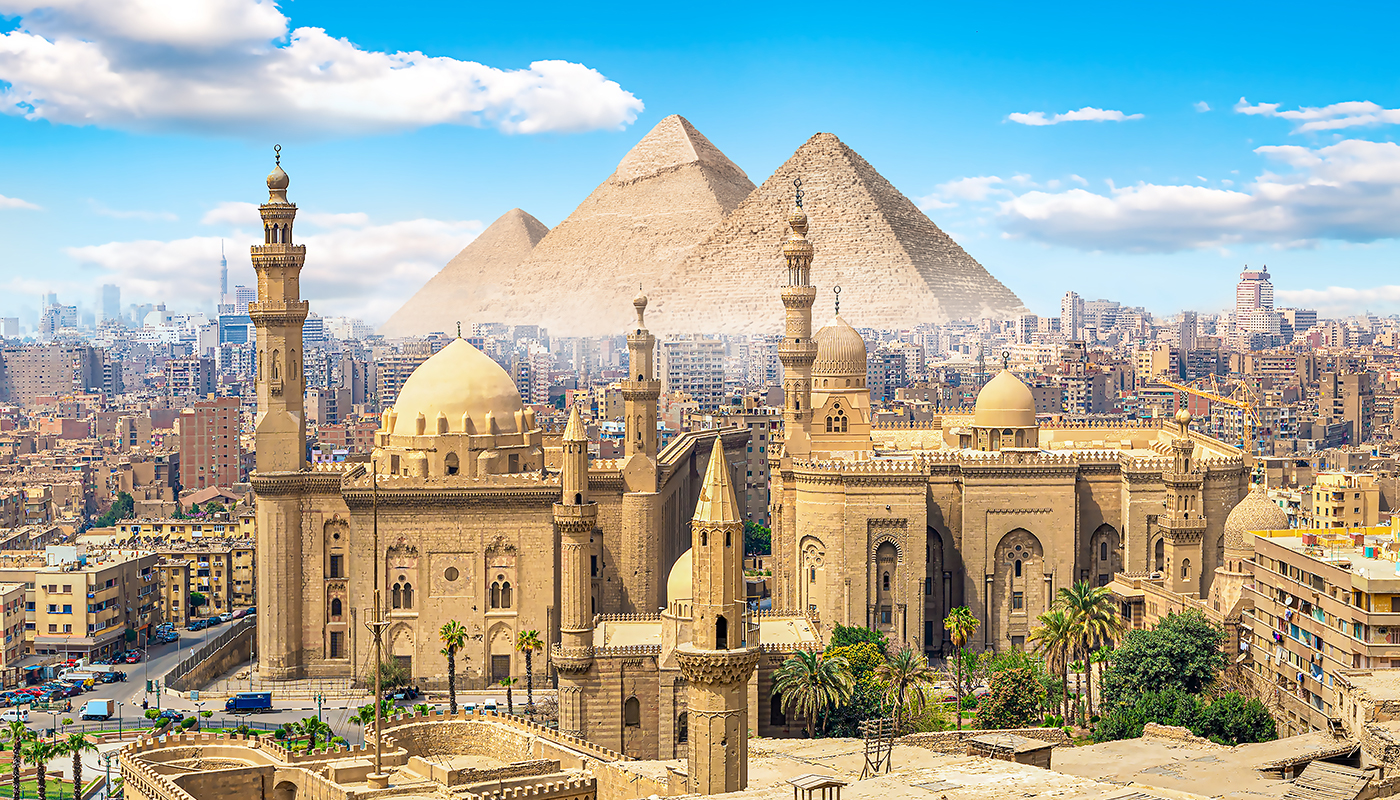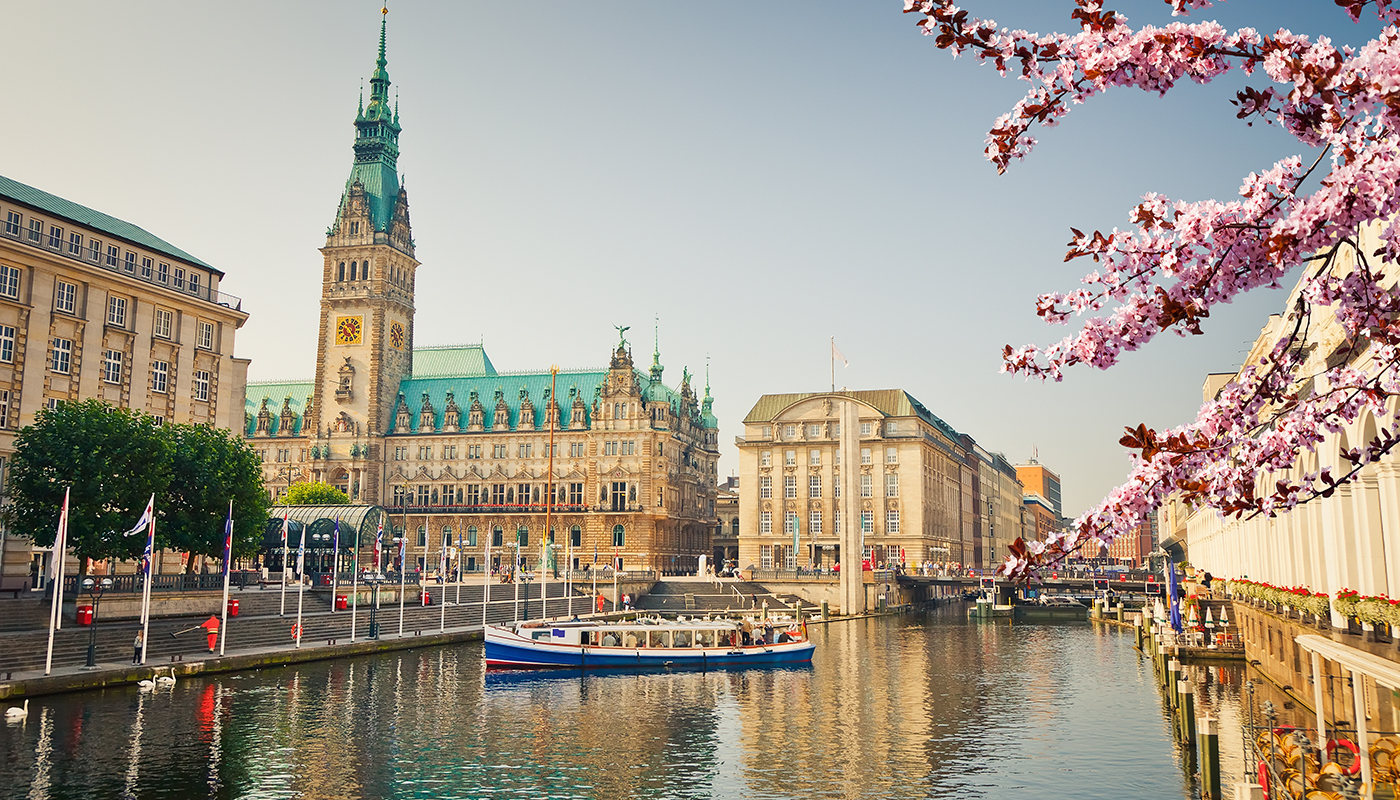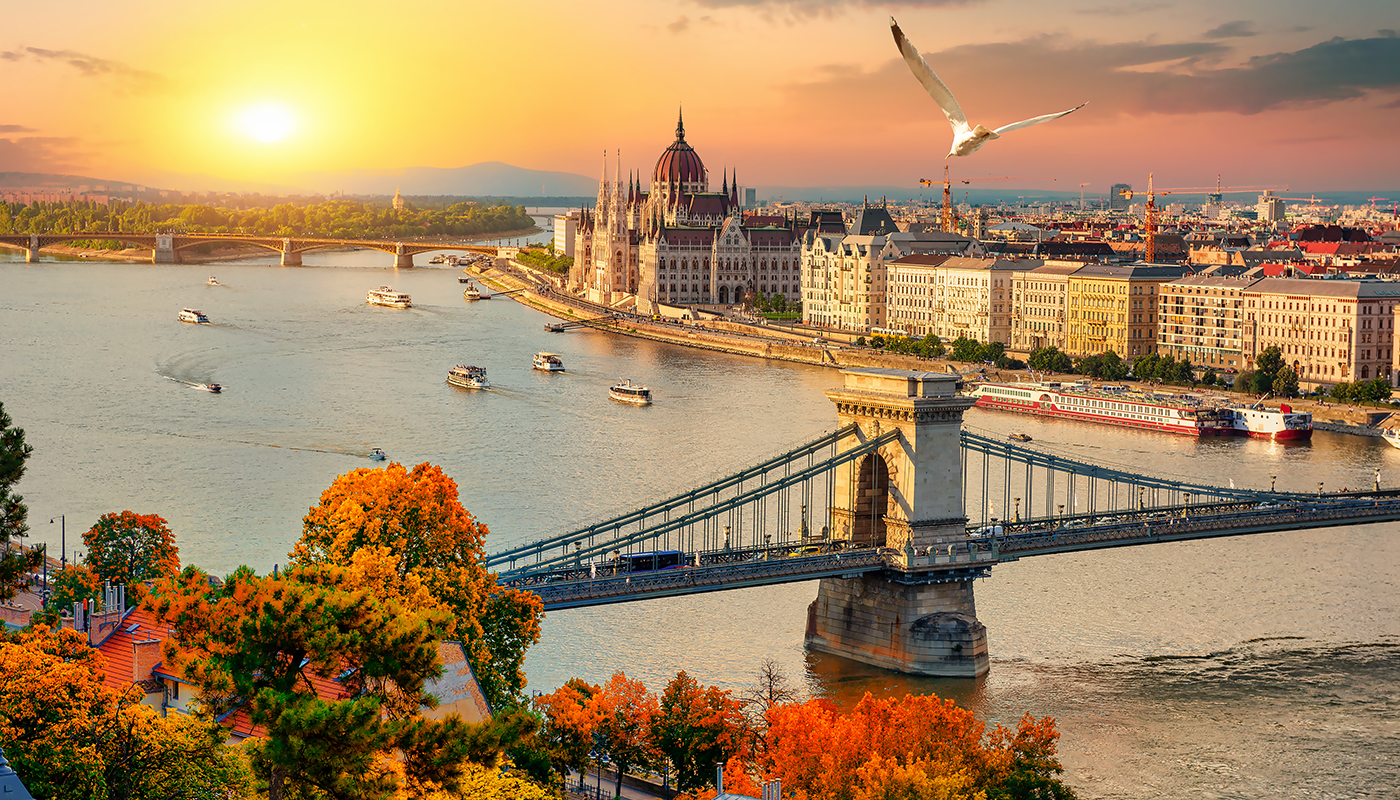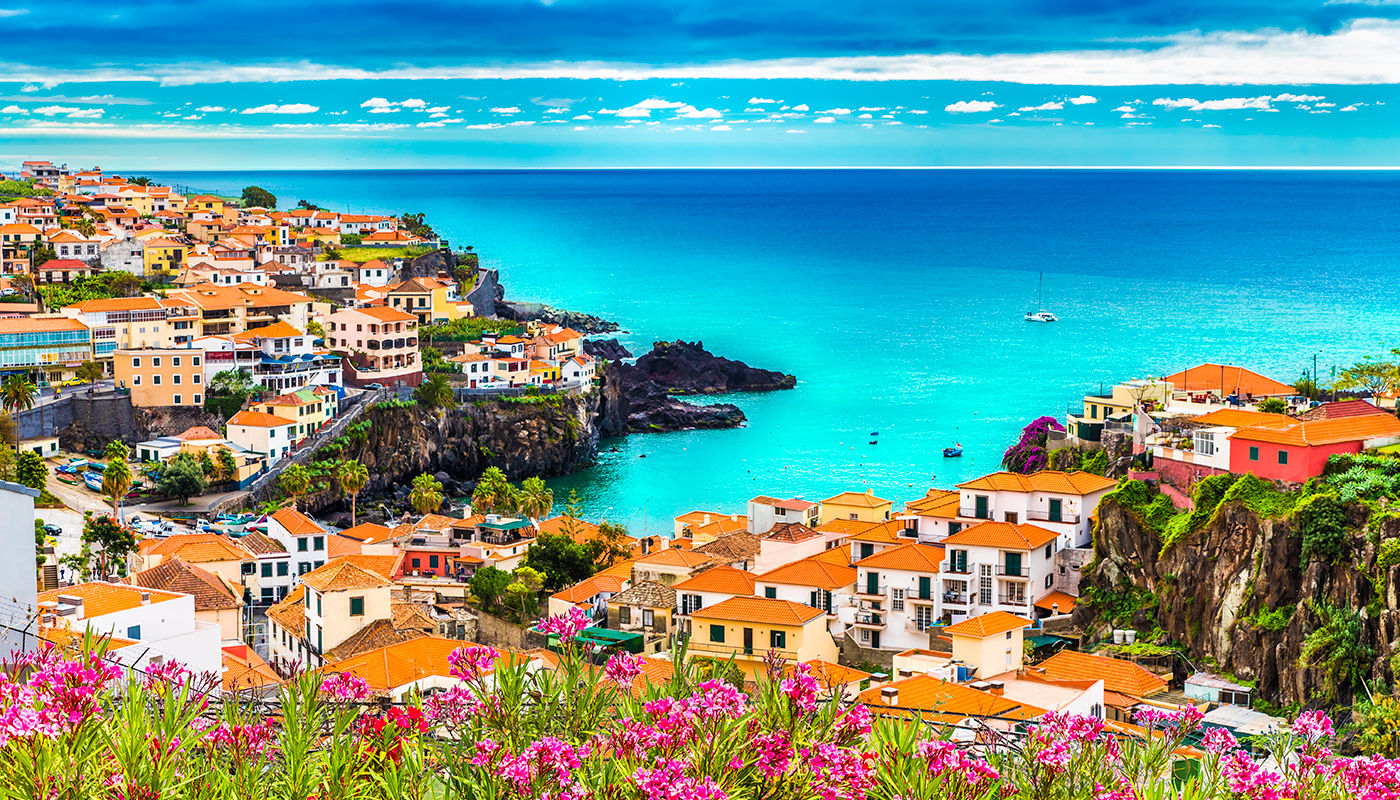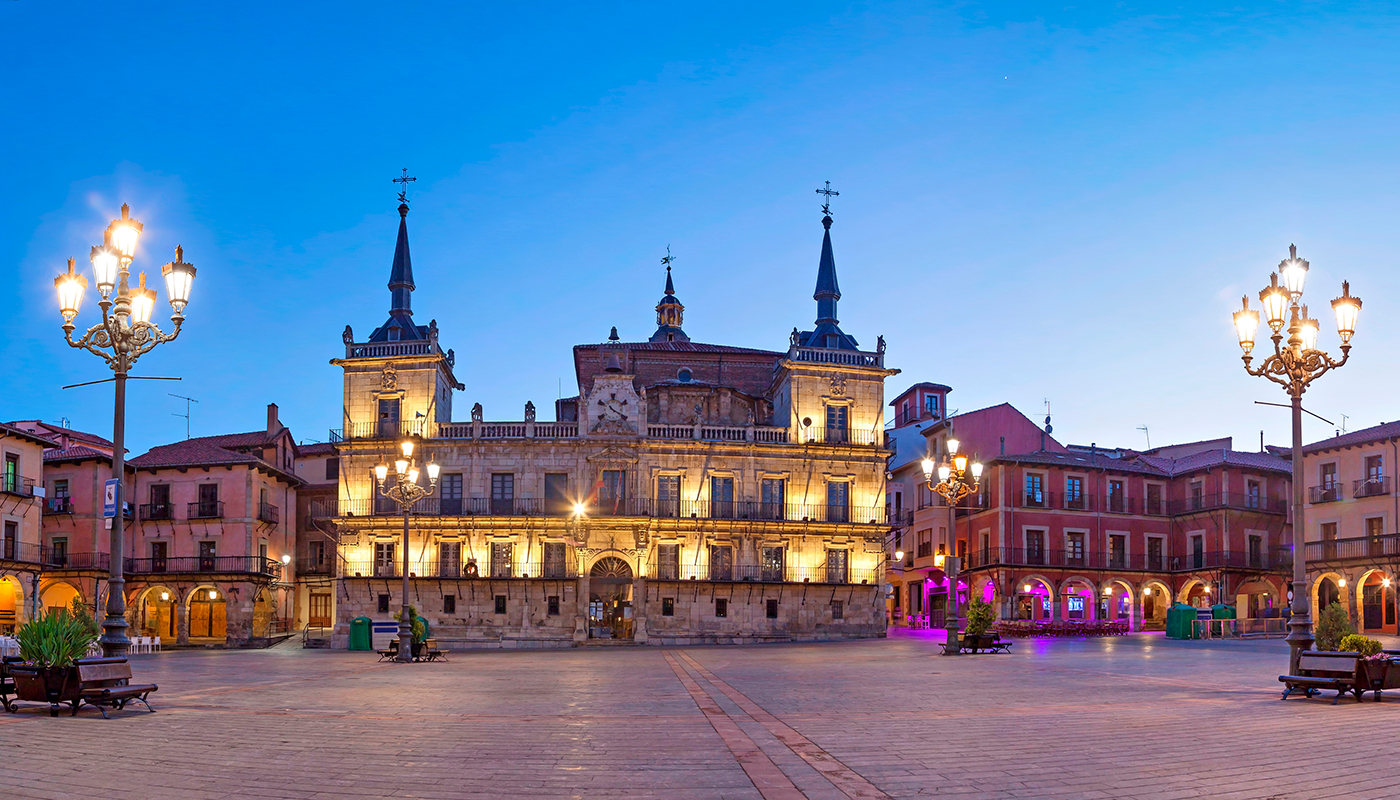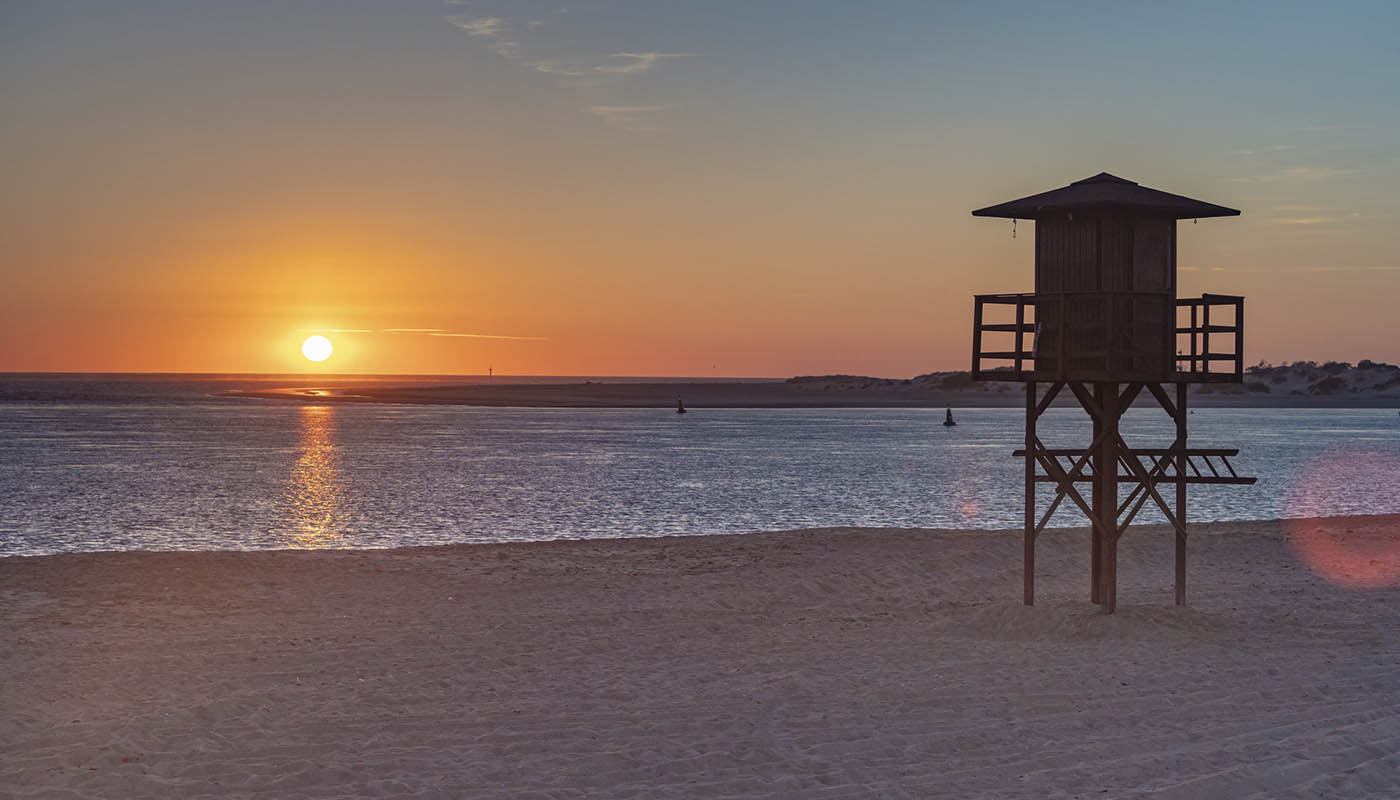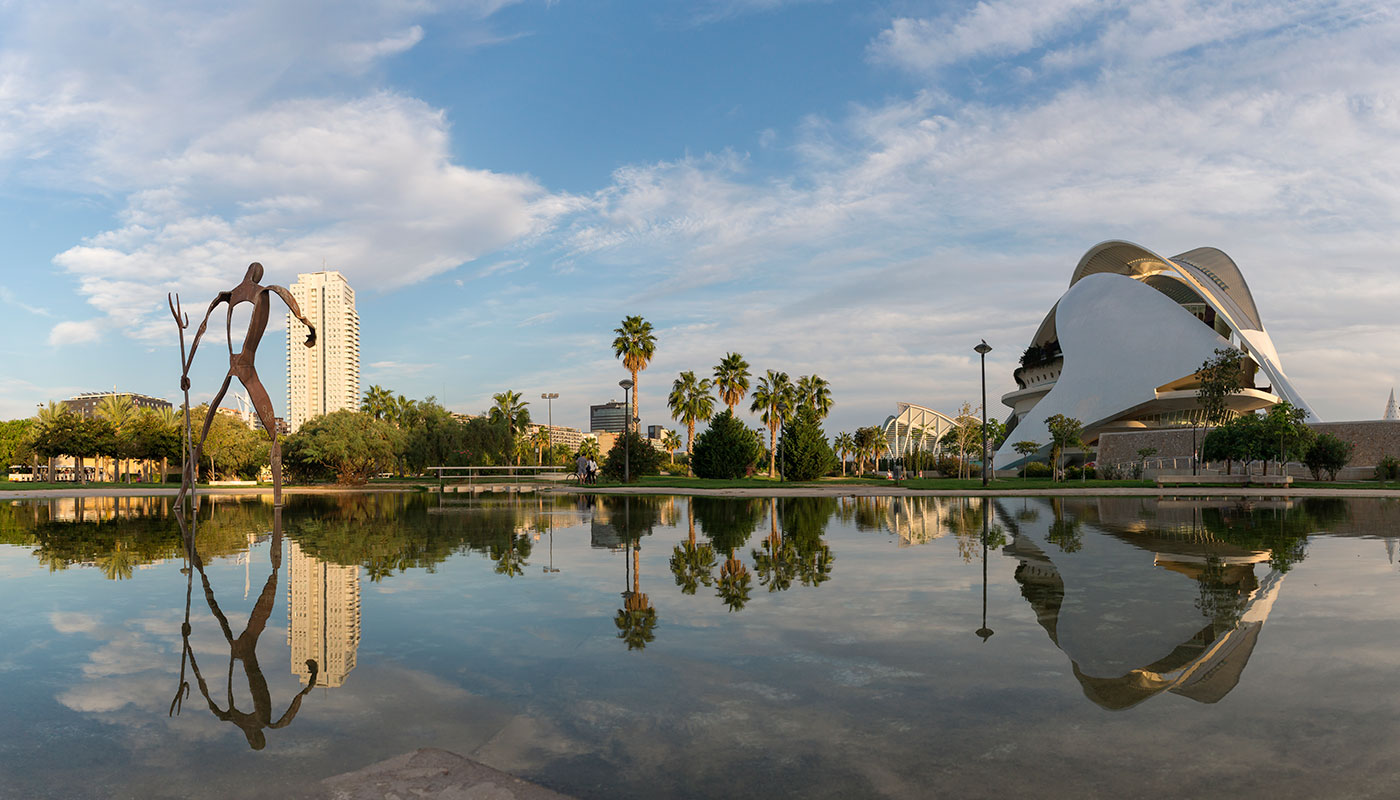Like so many coastal towns in the province of Valencia, Sagunto has a harbour and a historic quarter presided over by a castle. Over 2,000 years of history have passed through its cobbled streets, which are now the haunt of tourists in search of relics and legends of the past during their sun-and-sand holidays. The charming Jewish quarter, with its narrow streets of whitewashed houses and its Gothic churches climbing up towards the castle, is just one of the reasons to enjoy a trip to Sagunto. From Roman times to today’s blast furnaces, Sagunto has played a key role at several points in history.
Sagunto castle and the battle of Hannibal
Sagunto’s castle is a defensive fortress surrounded by walls from various periods. Here, the town’s inhabitants fought against Hannibal at the start of the Second Punic War that undermined the Roman Empire. The castle, which is divided into 7 squares, contains Iberian, Gothic and Moorish remains.
- Plaza de Almenara: Here, rain storage tanks and Roman paving are to be found.
- Plaza de Armas or Plaza de Santa María Magdalena: This is the nucleus of the castle, and contains the remains of the Roman forum, temples, columns and a cistern cut into the rock, also during the Roman era.
- Plaza de la Conejera: Accessed from the Plaza de Armas, this square formed part of the fold that provided shelter for the peasants and their flocks during times of war.
- Plaza de la Ciudadela: This is the highest point of the fortress which, in its early days, had a tower known as the Torre de Hércules.
- Plaza del Dos de Mayo: This square’s name is a tribute to the battle waged here against Marshal Suchet during the War of Independence.
The old quarter at the foot of the castle
If you’d like to get an idea of the city’s history and of its importance down the centuries, we recommend that you go to the Visitors’ Reception Centre located in the Casa dels Berenguer, a former palace dating from the fourteenth and fifteenth centuries. The scale models, digital displays and audiovisual aids will provide you with some background information before your tour of the town.
In the foothills of the mountain on which the castle stands lies the first-century Roman Theatre, which is still used in the summer for theatrical performances during the Sagunt a Escena festival. It has been adapted for staging plays, and has a unique sound system.
The Plaza Mayor has remained unchanged since the Middle Ages, when it was the hub of business life. Nearby, visitors can see the Templo de Diana, a unique building which was saved during Hannibal’s destruction of the town.

The remains discovered during the excavation at the castle are exhibited in the Historical Museum located in the Casa del Mestre Penya. The museum offers one of Spain’s most important collections of Latin epigraphy. Here you can also see the Toro Ibérico [Iberian Bull], an outstanding sculpture in limestone which dates from the fourth century B.C.
Port of Sagunto and its industrial past
Five kilometres from the old quarter is Sagunto’s industrial area, which has conserved part of its industrial heritage. Two Basque entrepreneurs built the most important steelworks in the Mediterranean, and linked it by rail with the Sierra Menera mine in Teruel, thereby creating the great Port of Sagunto.
Of the three blast furnaces built, No. 2 is the only one still standing. The 64-metre-tall structure, built in 1922, is open to the public. It produced the iron and steel used in the construction of the Windsor building in Madrid, the Seville Telefónica and the Seat factory in Barcelona, among others. The Talleres Generales-La Nau [La Nau General Workshops], originally locomotive repair sheds, have since been adapted for different purposes, while the Almacén de Efectos y Repuestos [Spare Parts Stores] has been converted into an Industrial Archaeology Museum. Visitors will be struck by the contrast between the groups of dwellings in the La Gerencia garden-city, where the Basque engineers lived, and the working-class district where the labourers lived.

Sagunto’s beaches
Sagunto’s coastline offers 13 kilometres of first-class beaches with Blue Flag status. The beaches of golden sands are backed by dunes that are stable, thanks to the vegetation and the reed beds. There is room for tourists to enjoy a good stroll along the seafront, along with leisure activities, after a day’s sunbathing on the beach. You can also cycle along the beaches and even across the farmland and marshes.
Puerto de Sagunto beach is sheltered from the wind, as it is located to the north of the harbour which shields the beach from the southern winds. The beach has safety surveillance and cleaning services, and is equipped with showers. There is access for people with limited mobility and there is also a library service on the beach. During the summer, windsurfing boards are available for hire, and there is a lively ‘after-beach’ scene with music in the bars from sunset onwards.
To the north is Canet beach, one of the most beautiful beaches in the Valencia Autonomous Region. It is separated from the Puerto de Sagunto by the mouth of the River Palancia, the sailing club and the Cabo Canet Lighthouse—which, somewhat unusually, is located 300 metres inland.

Rice and agricultural produce
No visitor to Sagunto should miss the pleasure of a rice dish of some kind. Although paella is ubiquitous, you could also try arroz a banda [a rice dish with fish] or black rice. But it’s not all about rice: there are also dishes made with fresh produce, including fesols i naps, a stew made with green beans and turnips, or chickpea soup. Vestiges of Valencia’s Roman past survive in dishes such as torta de tomate [tomato pie] and a pasty filled with vegetables, hard-boiled egg and tuna.








